Inbox and environment News: issue 437
February 9 - 15, 2020: Issue 437
Hot Days Forecast: Please Keep Your Bird Baths Topped Up Or Put Out Shallow Dishes Of Water In The Shade For Local Fauna
Bangalley Head Landcare Group: Feb 9

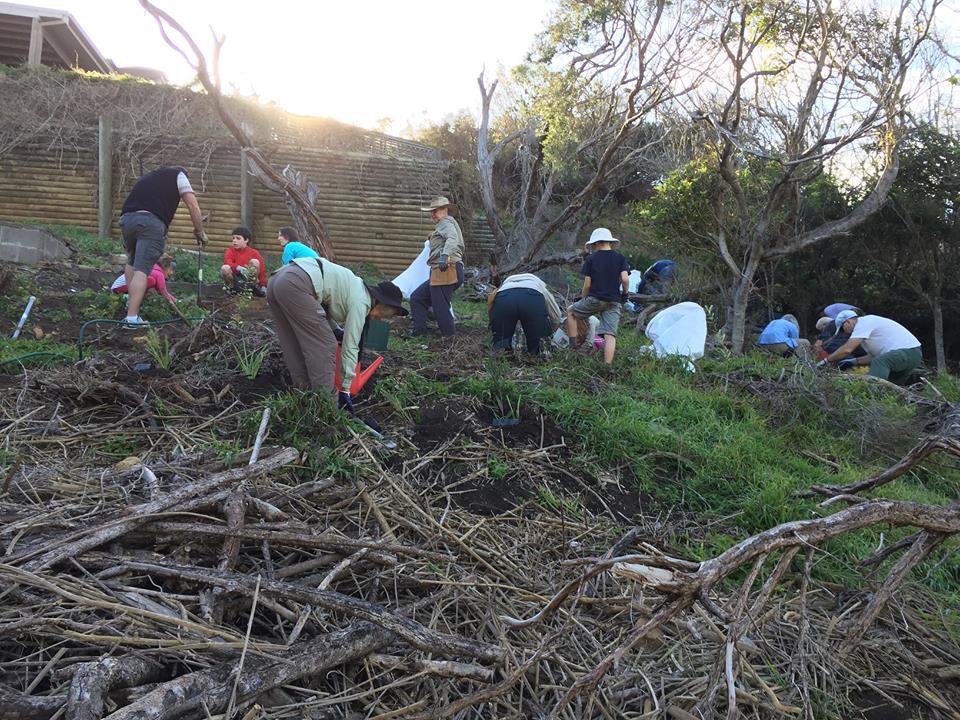
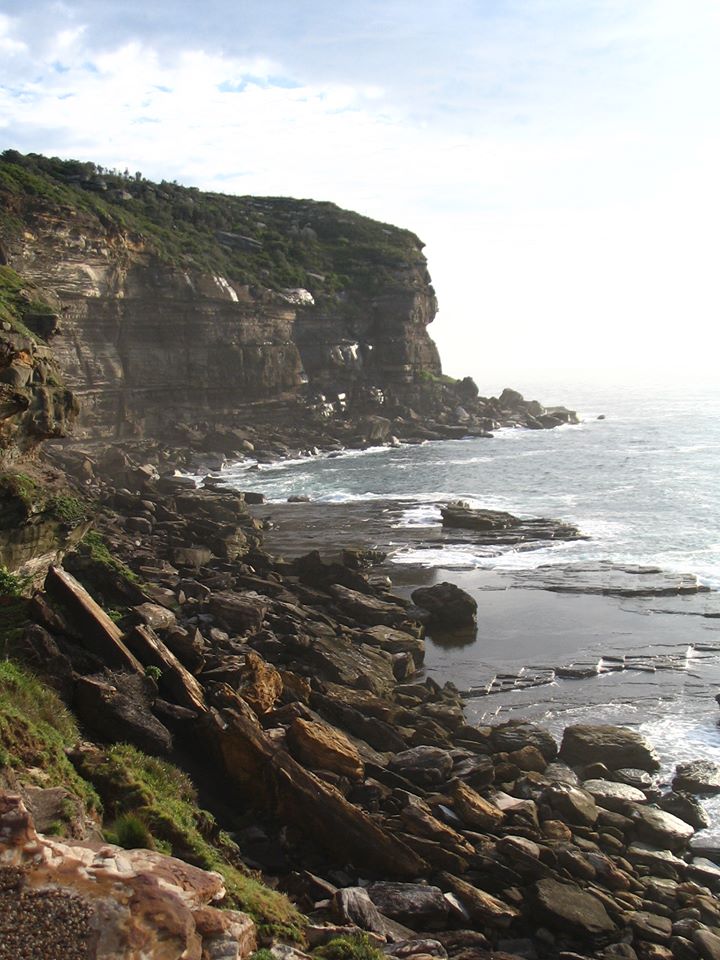
Curl Curl Clean Up: Feb 23 - NB Clean Up Crew
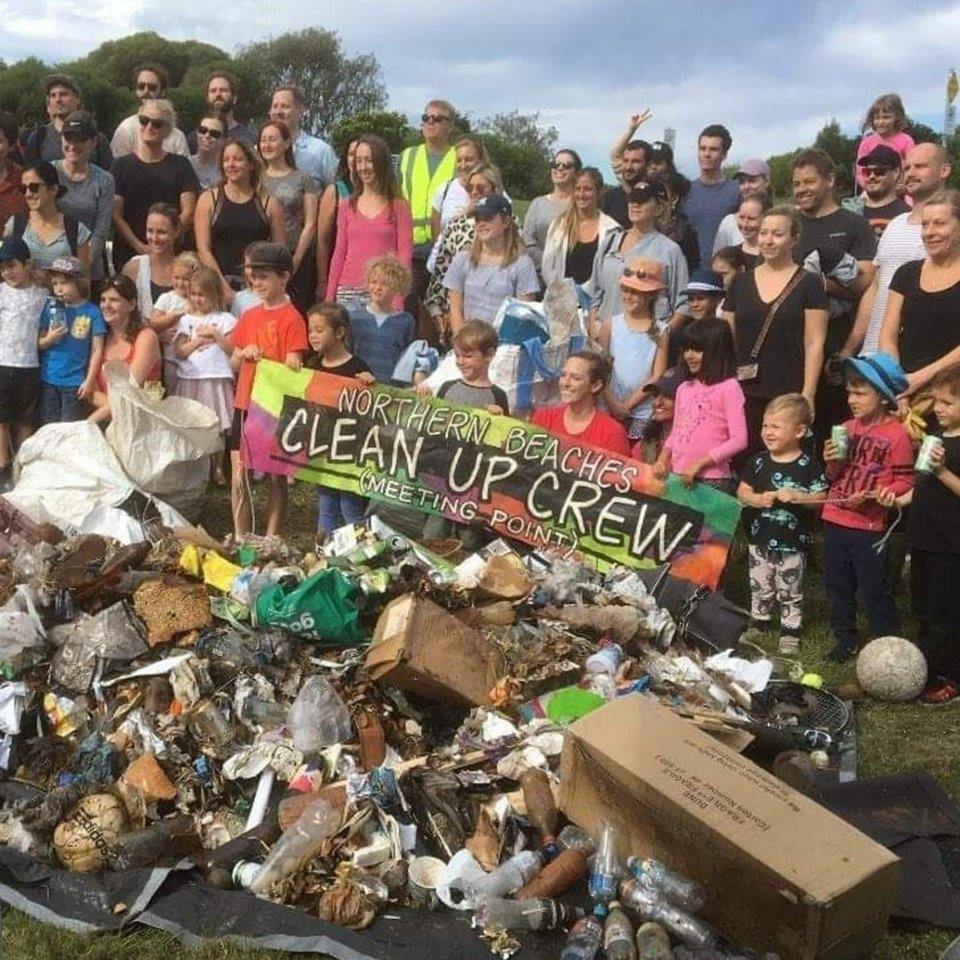
Friends Of Narrabeen Lagoon February 2020 Forum - Catchment Secrets Of Narrabeen Lagoon Catchment: Discoveries So Far In The 21st Century
 Next Forum: 7pm Monday Feb 24, 2020
Next Forum: 7pm Monday Feb 24, 2020Friends Of Narrabeen Lagoon Catchment: Bushwalks 2020
PNB 1st Meeting For 2020: Habitat Protection
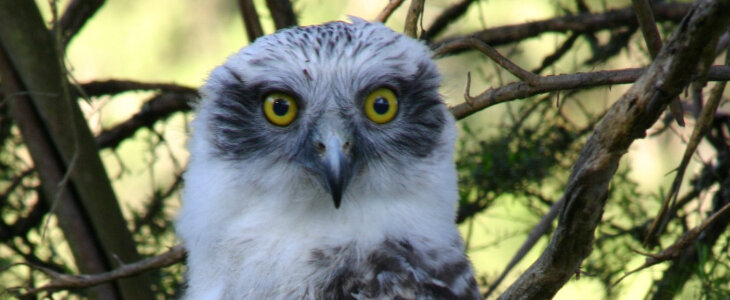
North Narrabeen Beach Clean: March 1- Legends Cleaning Beach Vol. 6.
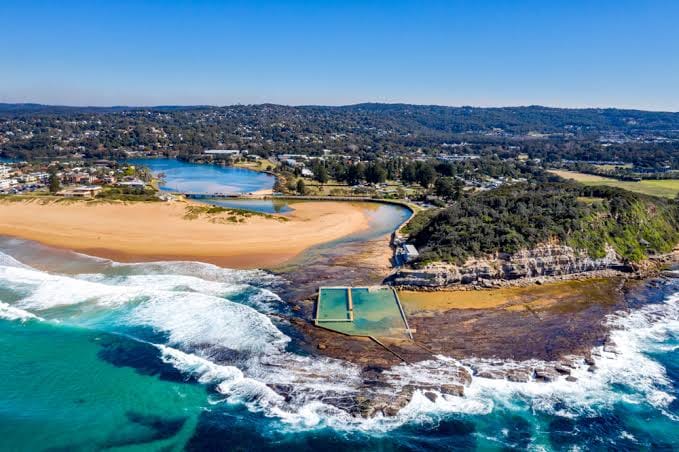 Hosted by Legend Element
Hosted by Legend ElementRock Platform Tour
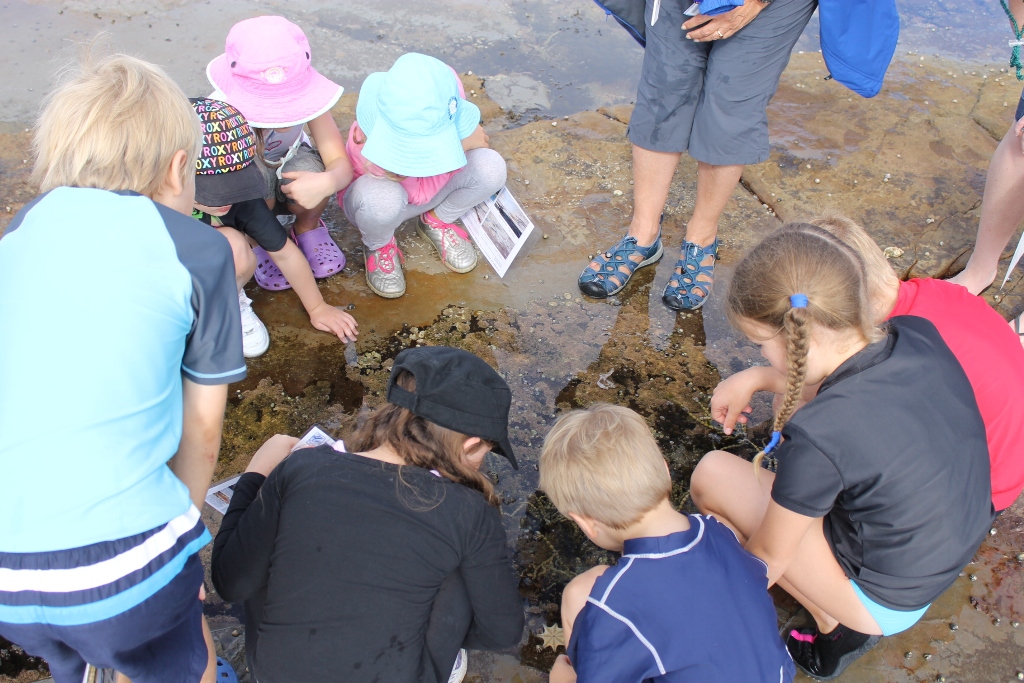
Foundation For National Parks & Wildlife Community Conservation Grants Are Now Open For Applications
- Land and Water - Protection, restoration, rehabilitation and revegetation of degraded habitats to ensure their ability to sustain native species.
- Threatened Species - Scientific research with tangible conservation outcomes and on-ground works to conserve Australia’s threatened species.
- Cultural Heritage - Conserving and celebrating Australia’s cultural heritage as part of the gift we leave to future generations.
- Parks for People - Improving National Park facilities for the enjoyment of all, to foster and encourage the appreciation of nature.
Water Regulator Launches Two New Prosecutions
Glendell Continued Operations Project
Modification 4 - VENM/ENM Importation, Increased Trucking And Extension Of Life
Haerses Road Quarry MOD 3 - Production Increase
Offshore Clean Energy Infrastructure - Proposed Framework: Consultation
.jpg?timestamp=1579841018012)
Extension To Submissions For EPBC Act Review
Wildlife Care This Summer
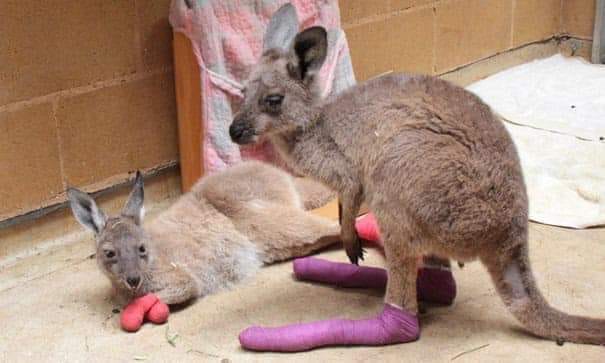
Bushcare In Pittwater
Where we work Which day What time
Avalon
Angophora Reserve 3rd Sunday 8:30 - 11:30am
Avalon Dunes 1st Sunday 8:30 - 11:30am
Avalon Golf Course 2nd Wednesday 3 - 5:30pm
Careel Creek 4th Saturday 8:30 - 11:30am
Toongari Reserve 3rd Saturday 9 - 12noon (8 - 11am in summer)
Bangalley Headland 2nd Sunday 9 to 12noon
Bayview
Winnererremy Bay 4th Sunday 9 to 12noon
Bilgola
North Bilgola Beach 3rd Monday 9 - 12noon
Algona Reserve 1st Saturday 9 - 12noon
Plateau Park 1st Friday 8:30 - 11:30am
Church Point
Browns Bay Reserve 1st Tuesday 9 - 12noon
McCarrs Creek Reserve Contact Bushcare Officer To be confirmed
Clareville
Old Wharf Reserve 3rd Saturday 8 - 11am
Elanora
Kundibah Reserve 4th Sunday 8:30 - 11:30am
 Mona Vale
Mona Vale Mona Vale Beach Basin 1st Saturday 8 - 11am
Mona Vale Dunes 2nd Saturday +3rd Thursday 8:30 - 11:30am
Newport
Bungan Beach 4th Sunday 9 - 12noon
Crescent Reserve 3rd Sunday 9 - 12noon
North Newport Beach 4th Saturday 8:30 - 11:30am
Porter Reserve 2nd Saturday 8 - 11am
North Narrabeen
Irrawong Reserve 2nd Saturday 2 - 5pm
Palm Beach
North Palm Beach Dunes 3rd Saturday 9 - 12noon
Scotland Island
Catherine Park 2nd Sunday 10 - 12:30pm
Elizabeth Park 1st Saturday 9 - 12noon
Pathilda Reserve 3rd Saturday 9 - 12noon
Warriewood
Warriewood Wetlands 1st Sunday 8:30 - 11:30am
Whale Beach
Norma Park 1st Friday 9 - 12noon
Western Foreshores
Coopers Point, Elvina Bay 2nd Sunday 10 - 1pm
Rocky Point, Elvina Bay 1st Monday 9 - 12noon
Gardens And Environment Groups And Organisations In Pittwater
Pittwater Reserves
Statement From Australia's Natural History Museum Directors: Estimated Trillions Of Animals Lost In Bushfires
“The impact of the bushfires on the NSW community, our wildlife and the landscape is devastating. Museums are resources for us all, providing knowledge and strategies to support effective responses to the increasing impacts of climate change. As Australia’s first museum, we are central in documenting, describing and conserving our species. FrogID, our national citizen science project, is the first large scale, Australia-wide scientific mapping of the distribution of frogs across the continent. Providing unprecedented baseline data, with 147,000 frog calls verified, enables us to understand what has happened to our frogs due to the bushfires.”Kim McKay, AO, Director & CEO
- The Mammal Collection comprises over 55,000 registered specimens of over 650 species. The majority of specimens are from Australia (29,000 specimens).
- The Ornithology Collection is the largest collection of its kind in Australia. It holds ~ 93,000 registered specimens. The collection has ~ 3,500 species and currently represents around 95% of all known extant bird families.
- The Ichthyology Collection ranges from large pelagic to remote aquatic and deep sea environments. It was ranked as the 4th most important type collection globally and holds 2041 types focusing on Australian and southern Asian waters.
- The Marine Invertebrate Collection includes over 9000 type lots and 2000 primary types, with particular strengths in Australian and Pacific waters.
- The Entomology Collection includes 4,679 Primary type specimens. The collection covers all major insect groups. Major additions to the collection resulted from regional forest biodiversity surveys in 1990s resulting in a good representation of the insect fauna of eastern NSW.
- The Arachnology Collection includes 3,976 types of which 1,107 are primary types.
- The Malacology Collection includes 10,298 type specimens. The collection covers all groups of recent Mollusca and fossils from the Tertiary onwards.
- The Herpetology Collection holds 628 primary type specimens of both reptiles and amphibians.
Museums Victoria
It is not an overstatement to say that we face an environmental crisis, and that our actions now will be critical to saving thousands of species and ecosystems under severe threat. As we work together to better understand how we can create a sustainable future, Australia’s natural history museums will play a vital role in sharing the wealth of scientific insight and knowledge contained within their collectionsLynley Crosswell, Chief Executive Officer and Director
- Listening For Nature, which assists communities to monitor the bird and frog fauna in their local environment;
- RedMap engaging people in monitoring marine life and the effects of a warming ocean;
- Frog ID (partnership with the Australian Museum)
- And through education programs and local community engagement programs following our fieldtrip programs.
South Australian Museum
Our key research focuses on animal responses to climate change and the development of effective conservation interventions. Recent key projects involve communities through citizen science programs enabling local participation in the generation of new knowledge and direct communication of research findings to end-users. This shows how museum collections and research inform contemporary and practical issues arising from climate change impacts on biodiversity and sustainability more generally.”Brian Oldman, South Australian Museum Director
Western Australian Museum
We are horrified at the human impact of bushfires across Australia. Our thoughts are with all those who have been affected. At the same time, we are hugely concerned about the impact of bushfires on our environment and biodiversity. The extreme nature of the fires has irretrievably destroyed huge areas of prime wild habitat and undoubtably driven countless species of plant and animals to extinction. The relationships between climate change and the extreme bushfire conditions is surely now established. There appears little chance that pre-2000 average temperatures will return. Even in the absence of bushfires, climate change – drying of the continent, extreme temperatures, salinity – will require adaption by species and possibly cause an increase in the extinction rate of species.Alec Coles, OBE, CEO
Museum And Art Gallery Northern Territory
Queensland Museum Network
Australia, in particular Queensland, is one of the most biologically diverse places on Earth. Recent and devastating bushfires around our country has seen enormous loss to our biodiversity and our unique species. Queensland Museum has been undertaking research that measures/identifies losses that can be found right on our doorstep in Lamington National Park. Through our role as custodians of the Queensland State Collection of more than 14 million objects, we are in a unique position to investigate the impacts and responses on species diversity to climate change phenomena.Dr Jim Thompson, CEO
- Griffith University, University of Queensland, James Cook University, and Central Queensland University,
- The Federal Government (ABRS) Bush Blitz surveys which aim to describe and document Queensland’s biodiversity and heritage.
Bushfire Brandalism
“As a collective group of Australian artists, we have been driven to reclaim public advertising space with posters speaking to the Australian government’s inaction on climate change and the devastating bushfires.We do not accept that this situation is ‘ business as usual’. We are making these issues visible in our public spaces and in our media; areas monopolized by entities maintaining conservative climate denial agendas. If the newspapers won’t print the story, we will!”
– Bushfire Brandalism
Wildlife And Conservation Bushfire Recovery
- Supplementary food for endangered species like the brush-tailed rock wallaby and mountain pygmy possums
- Drinking stations installed for native wildlife
- Extensive aerial and ground-based feral animal and weed control operation;
- The rescue of 6 species already taken into captive protection
- $1 million in emergency funding set aside as part of a $6.5 million investment to support rescue and care of injured wildlife
- Taronga Conservation Society's vet and wildlife experts providing front line support for injured animals
- Fire severity and habitat mapping to guide rescue and recovery.
Major Reform To Independent Planning Commission Following Extensive Review
- Establishing the IPC as a separate and independent agency, with its chair accountable to the Minister for Planning and Public Spaces and responsible for delivering on the Government’s agreed objectives and performance measures;
- Clarifying roles - with the IPC to act as a decision-maker on the State’s most controversial projects rather than re-assessing the Department’s technical work;
- Eliminating bureaucratic double handling with the introduction of a single-stage public hearing process;
- Ensuring only the most complex and contentious projects are referred to the IPC by raising the referral threshold to 50 unique community objections; and
- Introducing accountability benchmarks for decision-making timeframes to ensure timely determinations.
Non-Native Marine Algae Detected In Botany Bay
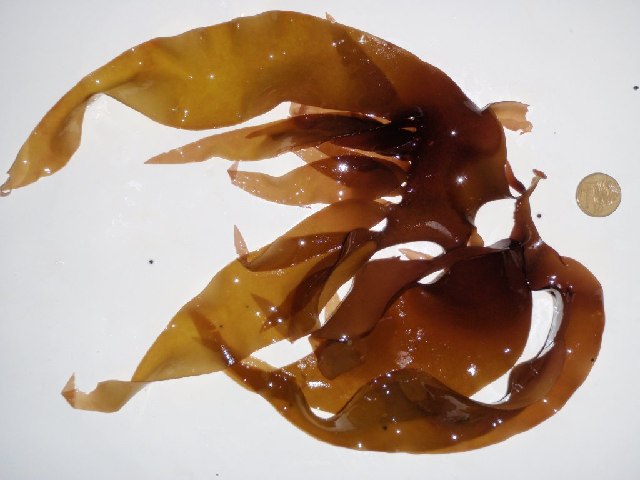
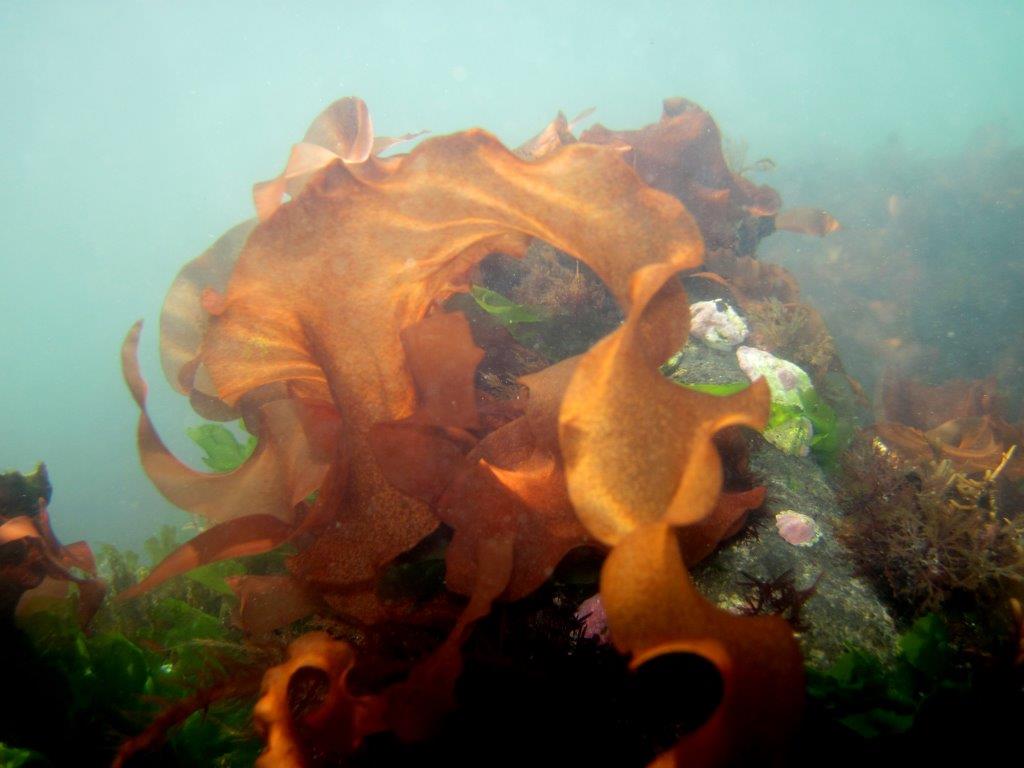
I Walked 1,200km In The Outback To Track Huge Lizards. Here’s Why
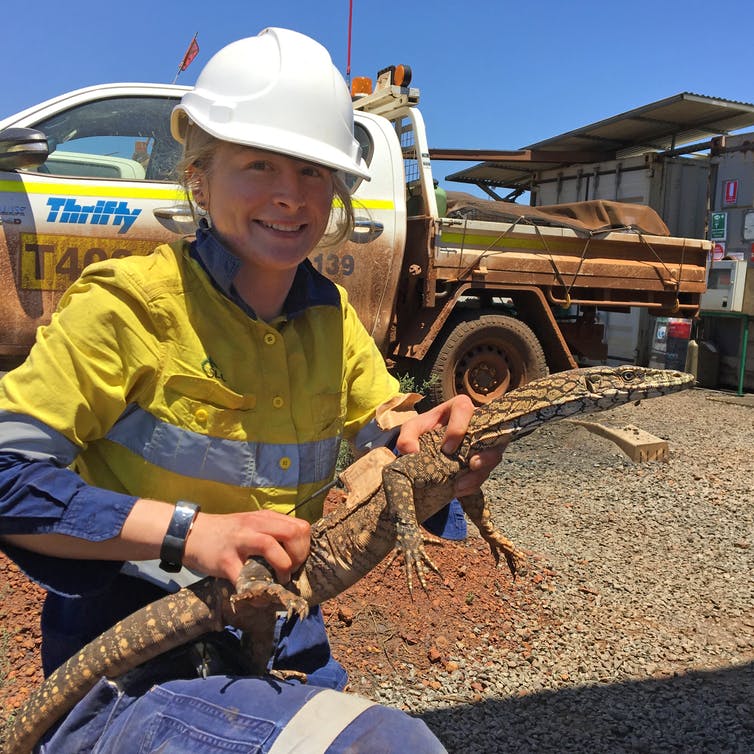
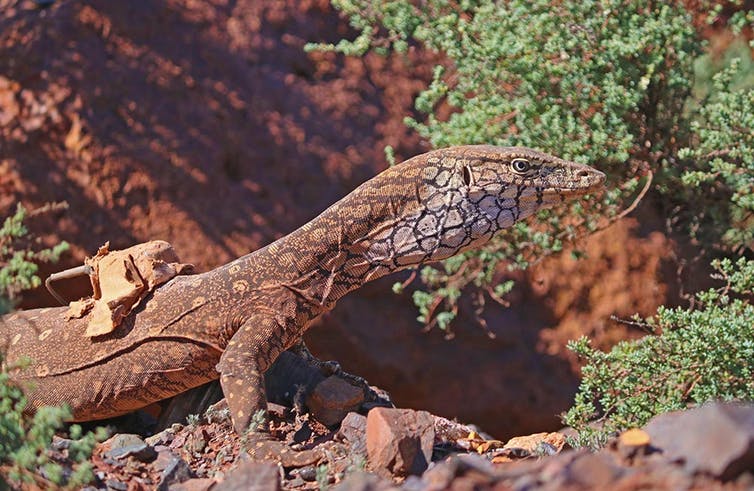
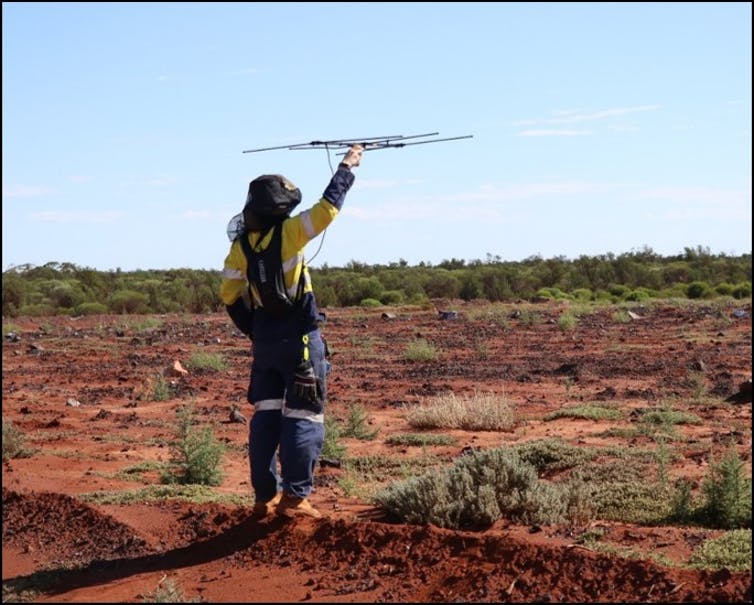
Scientists Find Record Warm Water In Antarctica, Pointing To Cause Behind Troubling Glacier Melt
Looks Like An ANZAC Biscuit, Tastes Like A Protein Bar: Bogong Bikkies Help Mountain Pygmy-Possums After Fire
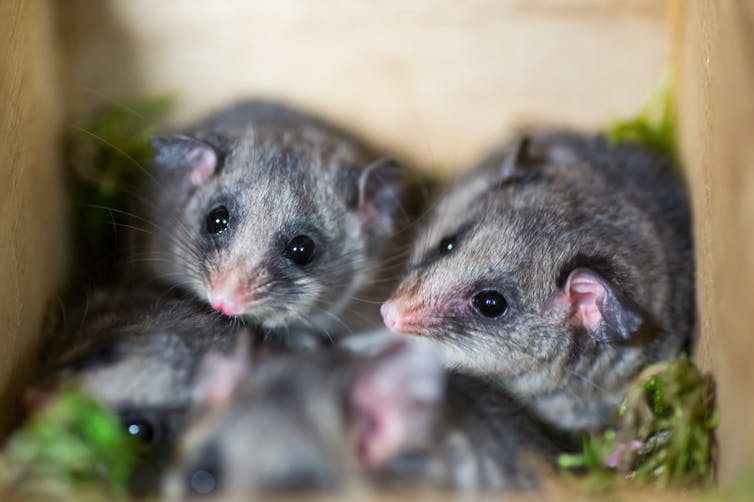
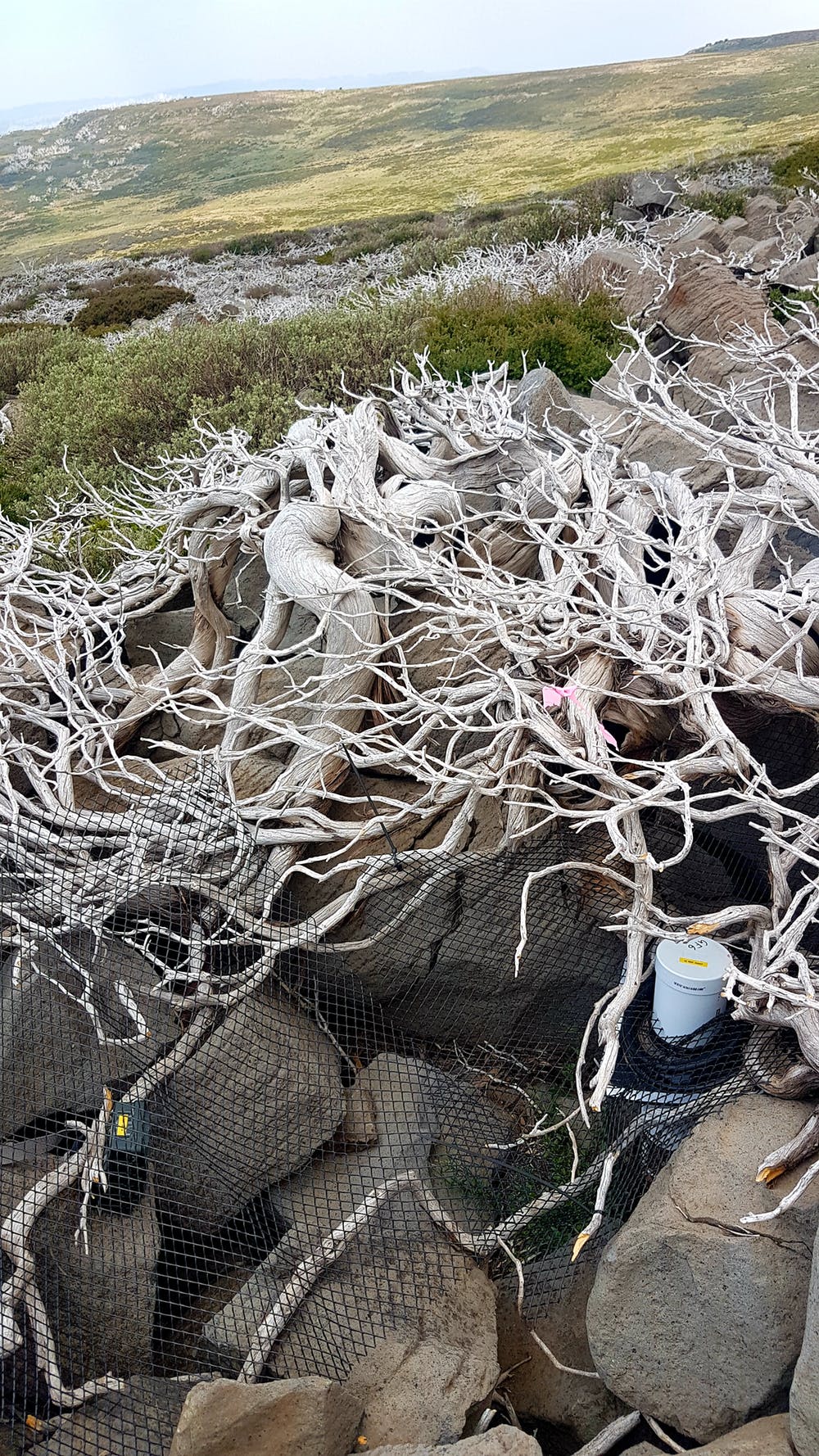
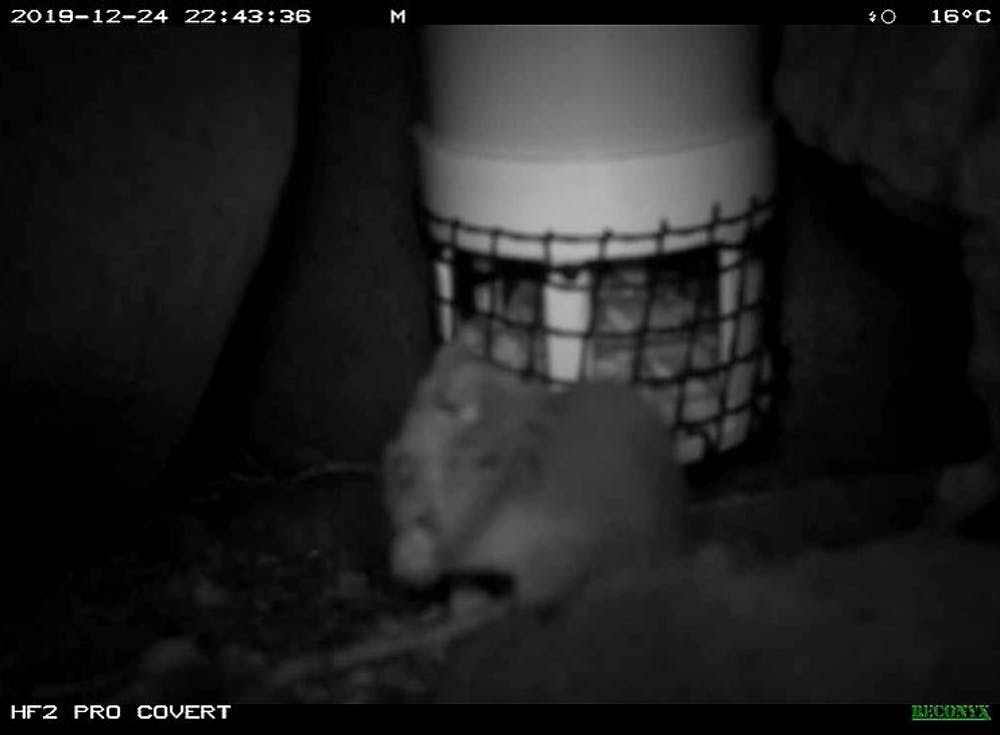
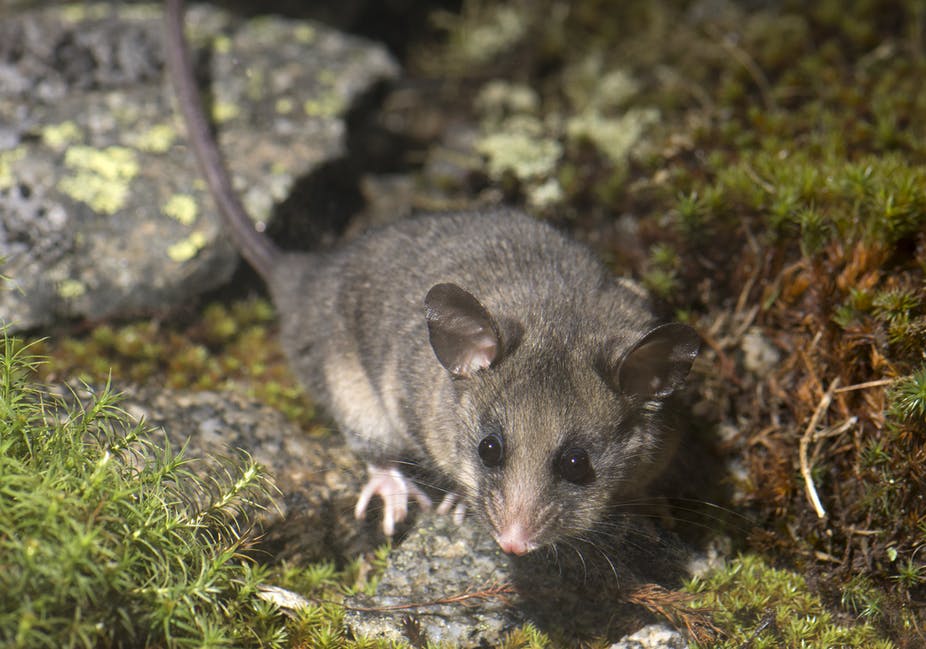
Aussie Bread Tags Collection Points

Federal Government Ministry: February 2020
2019 Federal Election Disclosure Returns Published Today
NSW: Children's Brain Cancer Focus Of $7.1 Million Grants
UNSW Problem Solvers Make Technology Accessible For Everybody
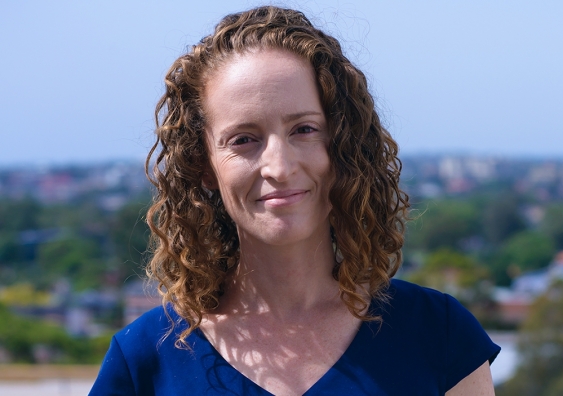
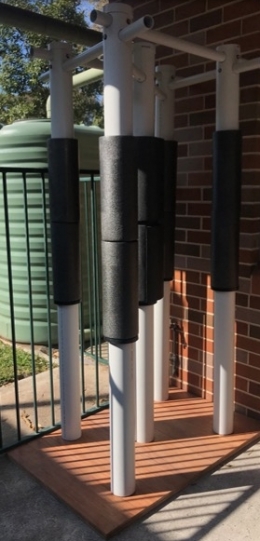
Wasp Nests Used To Date Ancient Kimberley Rock Art
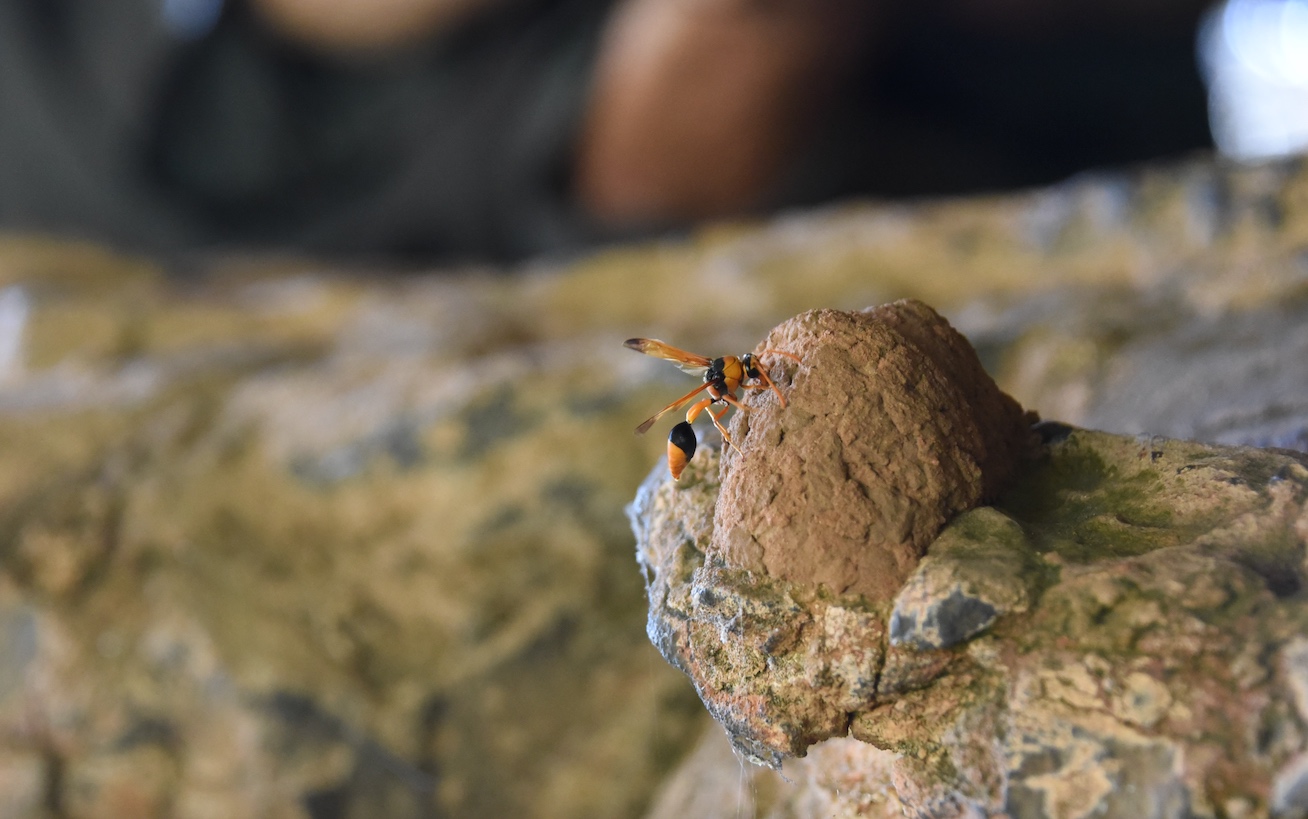
Top 5 Funniest Animal Outtakes
Published by BBC Earth, February 3rd, 2020
Wildcard Clubs Thrown In The Mix For Nudie Australian Boardriders Battle National Final
February 4th, 2020: By Surfing Australia
Five seriously strong Wildcard Clubs are set to shake up the nudie Australian Boardriders Battle National Final in Newcastle next weekend, on February 15th and 16th.
Reigning national champions Merewether Surfboard Club will yet again field a heavyweight lineup including the likes of World Surf League (WSL) stars Ryan Callinan and Morgan Cibilic. A 2020 Championship tour rookie, Cibilic is pumped to kick off his year surfing for the club he loves to represent.
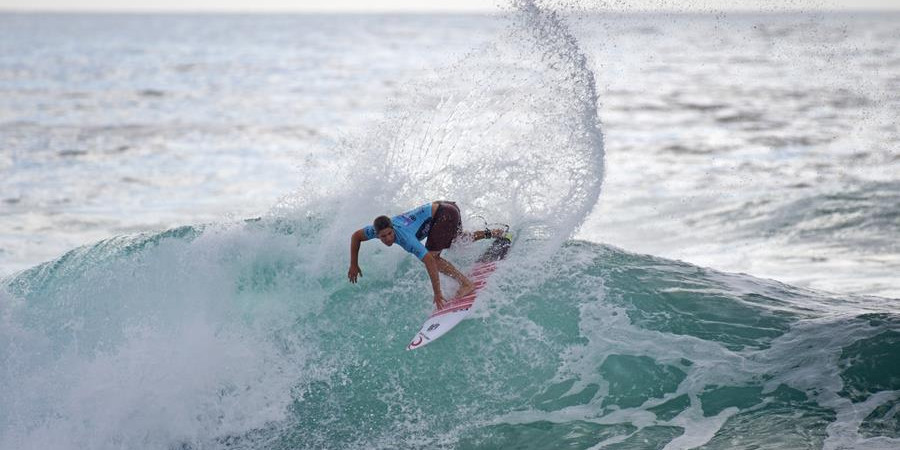
"Nothing beats surfing for your club and we are such a proud club with a long and proud history of world champions and winners. I can't wait to give the national final a real shakeup on home turf. Hopefully, the forecast plays in our favour and produces solid waves," said Cibilic.
Some of the world’s best current, former and up-and-coming World Surf League (WSL) stars will don the comp singlet to help their club in the quest for national glory. Names like Wade Carmichael, Adrian Buchan, Matt Wilkinson, Soli Bailey, Danny Wills, Kieran Perrow, Nikki Van Dijk, Macy Callaghan, Molly Picklum, Ethan Ewing, Connor O'Leary, Bede Durbidge and Kalani Ball, just to name a few.
Avoca Boardriders Club is another serious contender coming into the event as a wildcard club, bosting Adrian Buchan, Wade Carmichael and Matt Wilkinson on their team card and having won the National Final back in 2017.
nudie Australian Boardriders Battle National Final Wildcard Clubs:
Merewether SBC (NSW)
North Shelley BRC (NSW)
Avoca BRC (NSW)
Byron BRC (NSW)
Ulladulla BRC (NSW)
Newcastle Trials WINNER
nudie Australian Boardriders Battle National Final Qualified Clubs:
Noosa BRC (QLD)
Point Lookout BRC (QLD)
North Shore BRC (QLD)
Burleigh Heads BRC (QLD)
Queenscliff BRC (NSW)
Curl Curl United BRC (NSW)
Nth Narrabeen BRC (NSW)
Le Ba BRC (NSW)
Coffs Harbour BRC (NSW)
Kingscliff BRC (NSW)
Elouera BRC (NSW)
Bondi BRC (NSW)
Culburra BRC (NSW)
Margaret River BRC (WA)
Seaford BRC (SA)
South Arm BRC (TAS)
Torquay BRC (VIC)
Phillip Island BRC (VIC)
Now in its seventh season, the nudie Australian Boardriders Battle is the country's biggest grassroots boardriders event, involving more than 60 of Australia’s best boardrider clubs and $110,000 in prize money.
The series is officially sanctioned by the World Surf League (WSL), which allows Australian WSL World Tour surfers (Men and Women) the opportunity to represent their local boardriders club at respective State qualifying events and the National Final.
Adding to the high stakes at the State qualifying events will be two speciality awards. The Oakley Prizm Performer will be awarded to the standout surfer, while the AirAsia Big Air will be presented to the surfer who does the biggest and best aerial manoeuvre at each event.
The 2019/20 nudie Australian Boardriders Battle is proudly supported by nudie, Oakley, Woolworths, Hyundai, BFGoodrich, Acciona, Destination NSW, City of Newcastle, AirAsia, 2XP, WSL, mySURFtv, Novotel Newcastle Beach, Andrew Peace Wines, Fox Sports and Surfing Australia.
2019/2020 nudie Australian Boardriders Battle Series Calendar:
ABB - EVENT 1 - Gold Coast, QLD - Aug 24, 2019
ABB - EVENT 2 - Trigg, WA - Sept 21, 2019
ABB - EVENT 3 - NSW Nth - Coffs Harbour, NSW - Oct 13, 2019
ABB - EVENT 4 - NSW Sth - Kiama, NSW - Oct 26, 2019
ABB - EVENT 5 - NSW Central - North Narrabeen, NSW - Nov 2, 2019
ABB - EVENT 6 - Phillip Island, VIC - Nov 9, 2019
ABB - EVENT 7 - Fleurieu Peninsula, SA - Nov 23, 2019
ABB - EVENT 8 - Clifton Beach TAS - Dec 14, 2019
National Final – Newcastle NSW - Feb 15-16, 2020
Curious Kids: How Do Magpies Detect Worms And Other Food Underground?
How do magpies detect worms and other food sources underground? I often see them look or listen, then rapidly hop across the ground and start digging with their beak and extract a worm or bug from the earth – Catherine, age 10, Perth.
Answered by Gisela Kaplan, Emeritus Professor in Animal Behaviour, University of New England
You have posed a very good question.
Foraging for food can involve sight, hearing and even smell. In almost all cases learning is involved. Magpies are ground foragers, setting one foot before the other looking for food while walking, called walk-foraging. It looks like this:
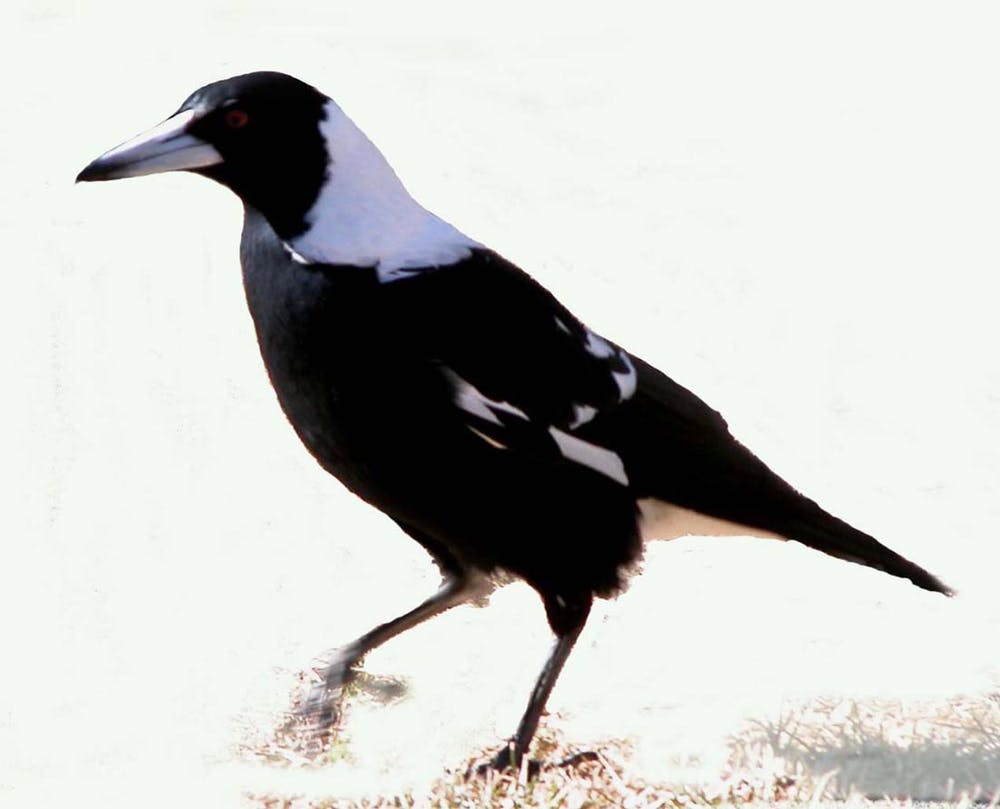
This is called walk-foraging. Gisela Kaplan, Author provided
Finding food on the ground, such as beetles and other insects, is not as easy as it may sound. The ground can be uneven and covered with leaves, grasses and rocks. Insects may be hiding, camouflaged, or staying so still it is hard for a magpie to notice them.
Detecting a small object on the ground requires keen vision and experience, to discriminate between the parts that are important and those that are not.
Magpie eyes, as for most birds, are on the side of the head (humans and other birds of prey, by contrast, have eyes that face forward).

A magpie’s eyes are at the side of its head and it can only see something with both eyes if that is straight in front of the bird. Shutterstock/Webb Photography
To see a small area in front of them, close to the ground, birds use both eyes together (scientists call this binocular vision). But birds mostly see via the eyes looking out to the side (which is called monocular vision).
This picture gives you an idea of what a magpie can see with its left eye, what it can see with its right eye and what area it can see with both eyes working together (binocular vision).
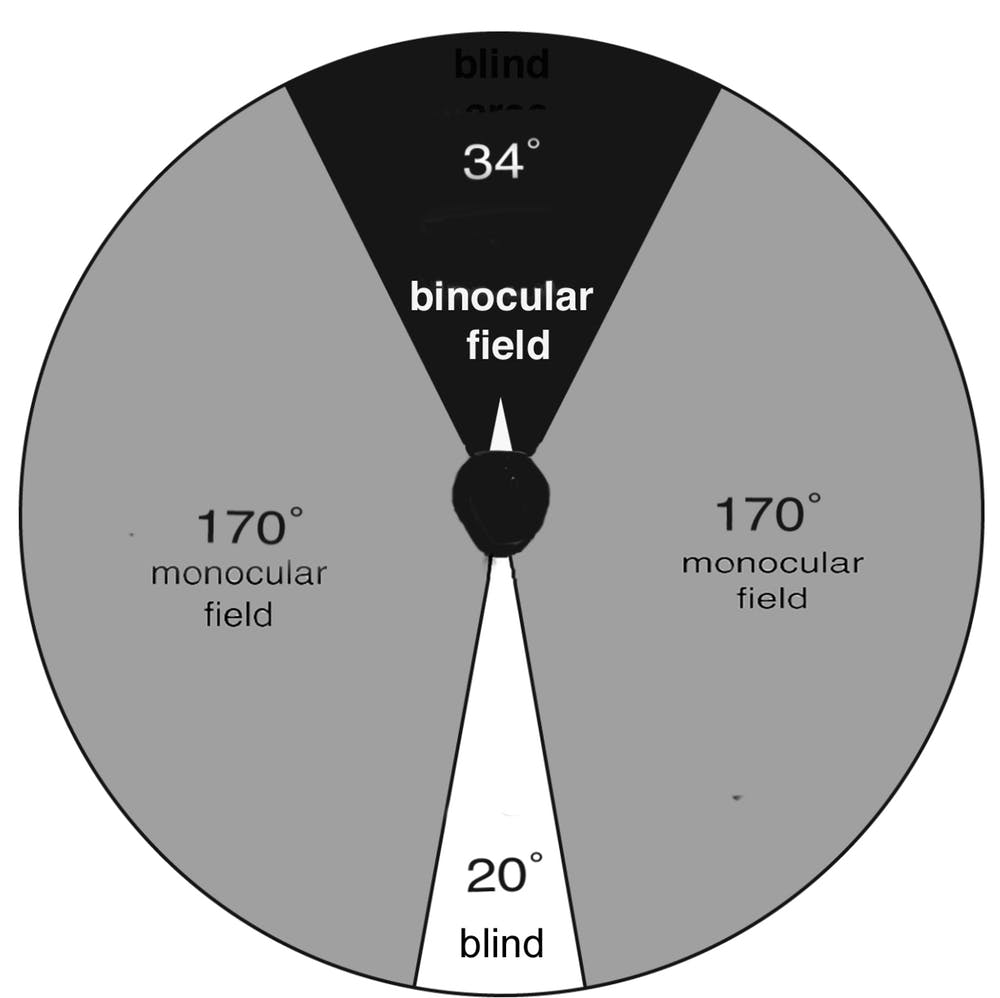
Here’s how a magpie’s field of vision works. Gisela Kaplan, Author provided
You asked about underground foraging. Some of that foraging can also be done by sight. Worms, for instance, may leave a small mound (called a cast) on the surface and, to the experienced bird, this indicates that a worm is just below.
Magpies can also go a huge step further. They can identify big scarab larvae underground without any visual help at all.
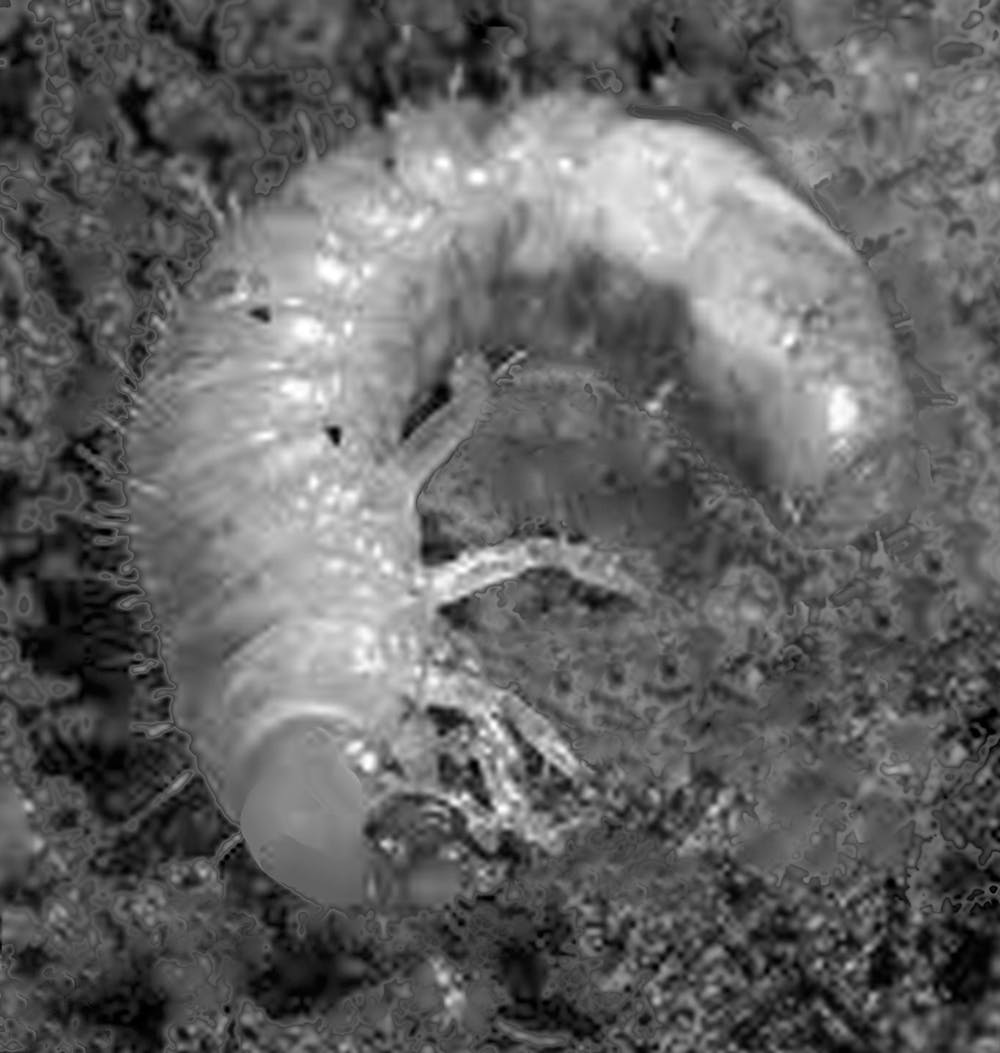
Here is a scarab larva. Gisela Kaplan, Author provided
Scarab larvae look like grubs. They munch on grassroots and can kill entire grazing fields. Once they transform into beetles (commonly called Christmas beetles) they can do even more damage by eating all the leaves off eucalyptus trees.
Here is the secret: magpies have such good hearing, they can hear the very faint sound of grass roots being chewed.
We know this from experiments using small speakers under the soil playing back recorded sounds of scarab beetle larvae. Magpies located the speaker every time and dug it up.
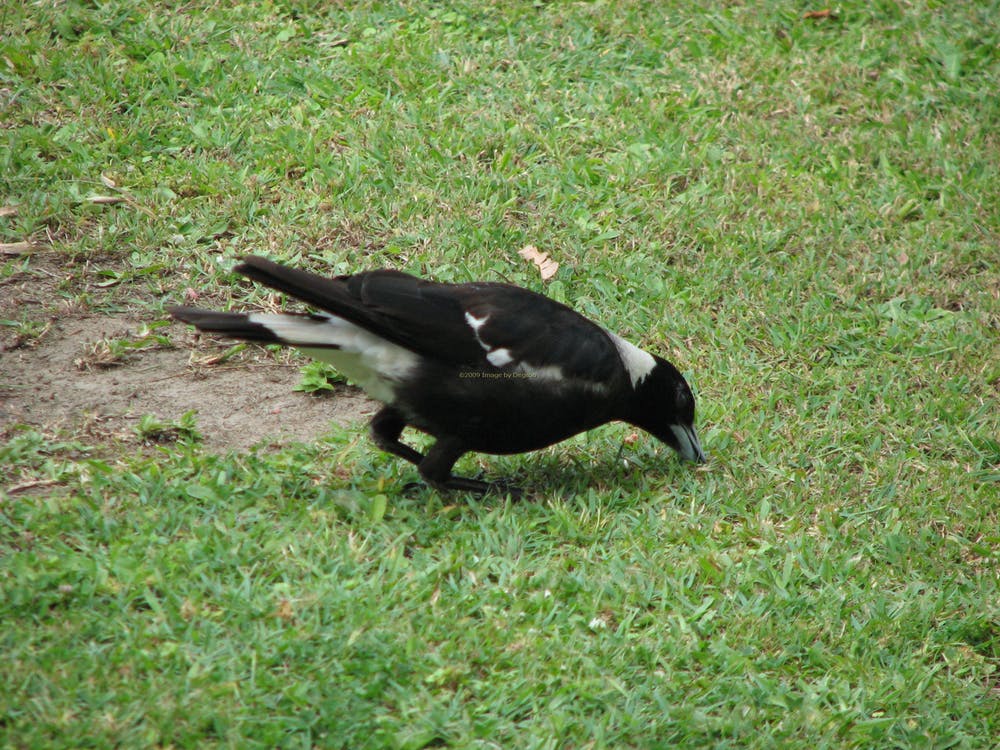
An Australian magpie digging for food in a lawn. Flickr/Lance, CC BY-NC-ND
So how do they do it? Several movements are involved.
To make certain that a jab with its beak will hit the exact spot where the juicy grub is, the magpie first walks slowly and scans the ground. It then stops and looks closely at the ground – seemingly with both eyes working together.
Then, holding absolutely still, the magpie turns its head so the left side of the head and ear is close to the ground for a final confirming listen.
Finally, the bird straightens up, then executes a powerful jab into the ground before retrieving the grub.
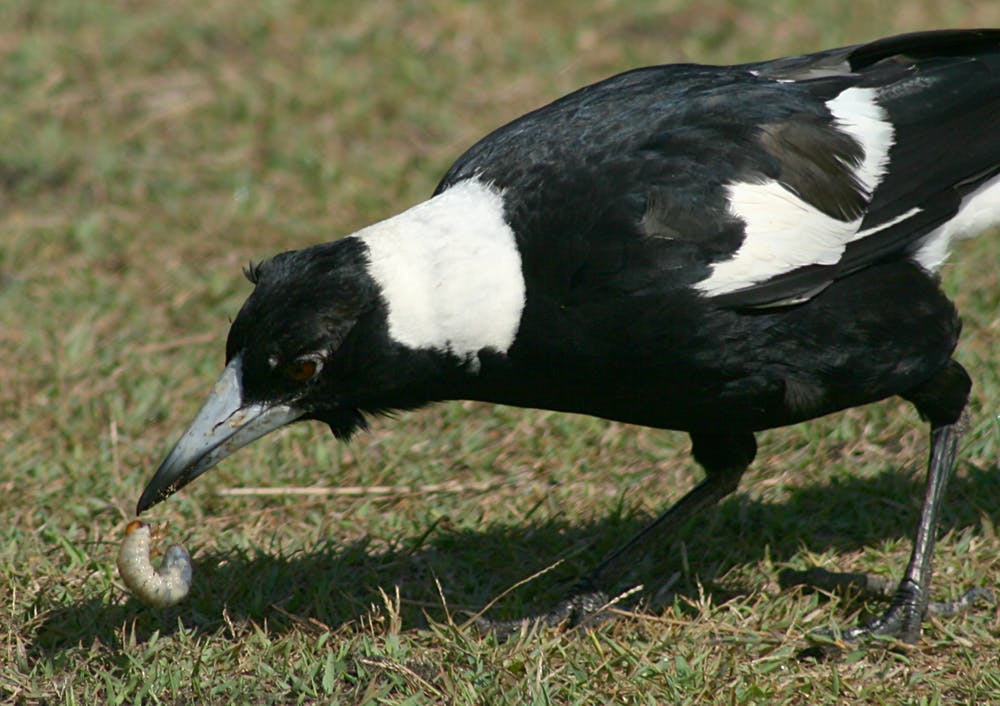
An Australian magpie digging for food gets a grub. Wikimedia/Toby Hudson, CC BY-SA
That is very clever of the magpies. Very few animals can extract food they can’t see. Only great apes and humans were thought to have this ability. Clever magpies indeed. And farmers love them for keeping a major pest under control.
_______________________________________________________________
Hello, curious kids! Have you got a question you’d like an expert to answer? Ask an adult to send your question to curiouskids@theconversation.edu.au
Curious Kids is a series published by The Conversation - republished under a Creative Commons licence. To see all Curious Kids articles on The Conversation, visit here.
Explosive Find! Secret Wartime Tunnel Located Under Road In Royal National Park
February 3rd, 2020
A hidden underground slice of Australia’s wartime history has been rediscovered by workers investigating road maintenance in the Royal National Park.
Transport for NSW Sydney Maintenance Director David Fishburn said the forgotten tunnel under one of the main access roads to the park is part of a network of small explosives chambers, prepared in 1942 in case of invasion during World War Two.
“We understand the chamber was dug under the road so that explosives could be hidden within it. In the case of an invasion, the explosives would have been detonated and the road destroyed to hinder the progress of enemy troops,” Mr Fishburn said.
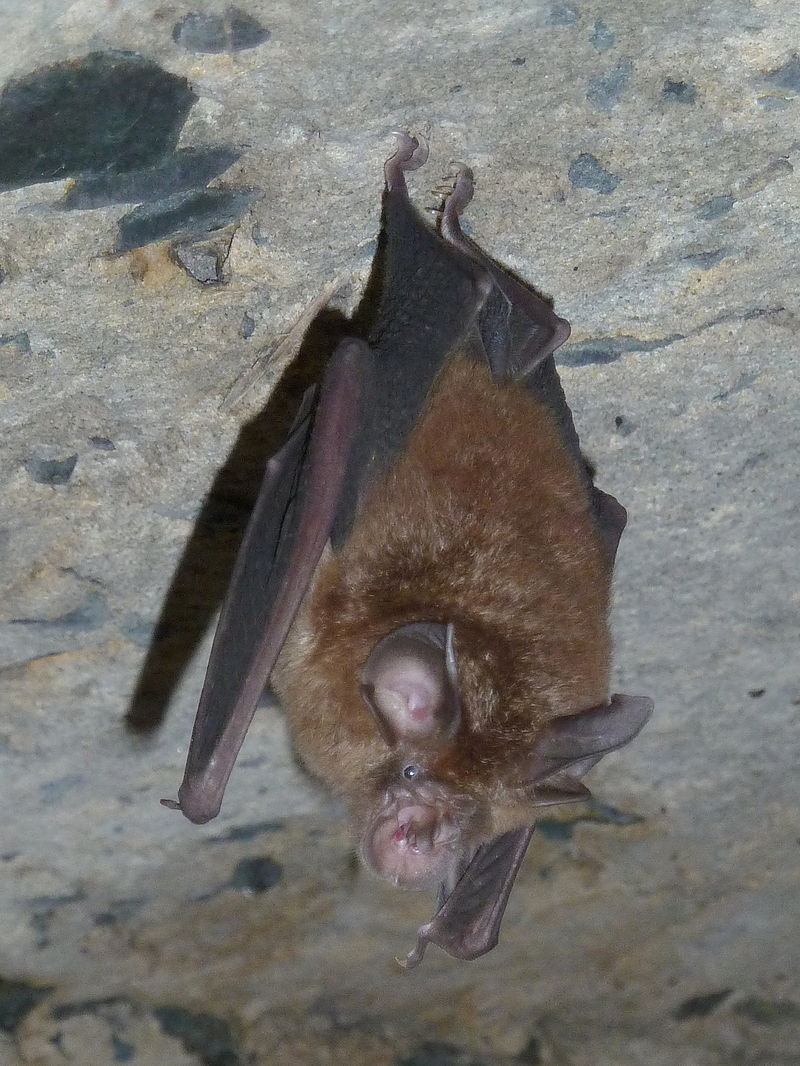
Eastern horseshoe bat, Rhinolophus megaphyllus - photo by Glen Fergus, Burringbar, New South Wales
“I can assure the public there are no longer explosives in the tunnel, which is now home to a colony of regionally significant microbats, known as the Eastern Horseshoe bat.
“Records of road blocks laid in 1942 identify four such tunnels within the Waterfall area, including this chamber, also known as an “adit”, on McKell Avenue. It’s believed there could still be around 40 others in the Illawarra region.
“The Royal National Park was considered an ideal location for the defence of the Sydney coastline in the Second World War.”
Mr Fishburn said the discovery was made while workers were investigating planned slope stabilisation upgrades on the road.
“The chamber is about seven metres long and 1.2m high, only accessible by rope and lined with sandstone blocks, with additional timber supports which appear to be collapsing and eroding,” Mr Fishburn said.
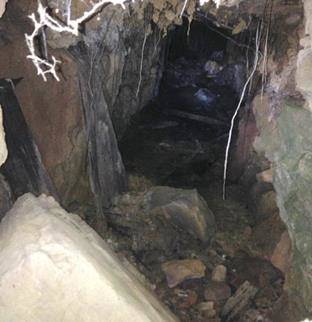
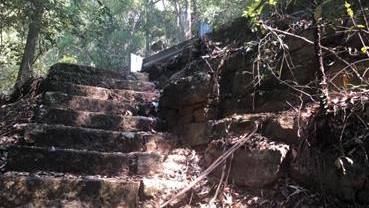
“When the adits were decommissioned, stone walls were to be built across the openings, but either this wasn’t done, or the wall has collapsed away without trace.”
The planned work will ensure the road remains stable for motorists for years to come, which could include the installation of rock bolts, drains and sealing the adit.
Transport for NSW and its contractor Ventia Boral Amey will work closely with environmental experts and a specialist ecologist to ensure any work minimises any impact on the bats.
Notes on historical context
During 1942, the threat of an invasion of Australia appeared imminent. 10 weeks after Japan’s invasion of South-East Asia, Australia itself became the target of air and sea attacks, including a submarine entering Sydney Harbour.
Industry and society mobilised for a total defence effort. Australia’s existing arms industry was expanded, and hundreds of annexes and factories established.
The NSW Department of Main Roads worked with military authorities to construct and strengthen roads around strategic locations, so they could carry military vehicles, but also be ready for immediate demolition in case of invasion.
As well as the small tunnels to help destroy access roads, new road blocks, tank traps, gun emplacements and runways were all built or planned in 1942.
In the Sutherland Shire, beaches were also protected by barbed wire, street signs and names were removed, land mines laid, boats were taken off the water so they couldn’t be used by advancing attackers, and the National Park was used as training ground by local troops, including the 45th Battalion.
Evidence of military presence is seen in some other places in the area, including on the southern headland of Wattamolla where there is extensive erosion due to guns and traffic on the sand dunes and a camp site is apparent at Loftus Heights. However there are few signs remaining of the extensive military manoeuvres from 77 years ago.
Allied victories in the second half of 1942, in the Coral Sea, around Midway Island, at Milne Bay, at Guadalcanal and on the Kokoda Trail, halted the advance of Japanese forces in the South-West Pacific Area.
A Little About Our Royal National Park
The Royal National Park is a protected national park that is located in Sutherland Shire in the Australian state of New South Wales, just south of Sydney. The 151-square-kilometre (58 sq mi) national park is about 29 kilometres (18 mi) south of the Sydney central business district near the localities of Loftus, Otford, and Waterfall.
It is the second oldest national park in the world after Yellowstone, which was established in the US in 1872. Founded by Sir John Robertson, Acting Premier of New South Wales, and formally proclaimed on 26 April 1879, its original name was National Park, but it was renamed in 1955 after Elizabeth II, Queen of Australia passed by in the train during her 1954 tour.
The park includes the settlements of Audley, Maianbar and Bundeena. There was once a railway line connected to the Eastern Suburbs & Illawarra Line but this closed and was converted to a heritage tramway operated by the Sydney Tramway Museum in Loftus.
Incidentally, the Sydney Tramway Museum is having an Open Day on Sunday, February 24th and you can get there on one of those old buses from the Sydney Bus Museum, which we ran a little about last Issue when they were in Mona Vale. The details are:
Vintage Bus to the Sydney Vintage Tramway Festival
Hosted by Sydney Bus Museum
Sunday, February 23, 2020 at 9:30 AM – 4 PM
Sydney Bus Museum
Old Leichhardt Tramshed, 25 Derbyshire Road, Leichhardt
Each year, the Sydney Tramway Museum marks the anniversary of the closure of Sydney's original tramway system with a gala day held on the Sunday closest to February 25.
This year, we will be taking our 1937 Leyland TD4 / Waddingtons double decker to Loftus. This wonderfully restored vehicle shows off the glory days of the NSW Department of Road Transport & Tramways, and ran alongside the trams for 24 years. It is resplendent in the red and cream livery of the 1930s DRTT, a pleasing contrast to the green and cream of the trams of the day.
Seats are limited to approximately 50 for a comfortable journey, and bookings are essential (link below).
We will start out from Leichhardt 9:30am, picking up at Central Station (Railway Square, Lee St before Stand K) at 9.50am. The bus will then proceed directly to the Tramway Museum with an anticipated arrival of 10.50am.
There, the Sydney Tramway Museum will be operating a varied array of trams from Sydney's transport history.
Pack a picnic lunch to have in the pleasant surrounds of the Railway Square Waiting Shed before boarding the waiting double decker for a return jaunt back up the Princes Highway to Central Station and the Bus Museum at Leichhardt, setting down at Sydenham (Pacific Hwy and St Peters Station upon request. Departure from Loftus will be at 2:30pm, with an expected arrival at Central of 3.30pm and Leichhardt by 4:00pm.
Bookings are essential.
The Sydney Bus Museum will not be open on this day.
Double decker bus travel to & from Loftus and admission to the Sydney Tramway Museum including unlimited tram rides are included in your ticket:
FARES:
Adults: $30.00
Children (4-16): $15.00. Children under 4 free.
Concession: $15.00
Family (2 Adults & 2 Children): $75.00
Times are approximate and will be confirmed closer to the event:
Bus departs Sydney Bus Museum, Leichhardt: 9:30am
Bus departs Railway Square, Lee St, Stand K: 9:50am
Bus arrives Sydney Tramway Museum: approx 10:50am
Bus departs Sydney Tramway Museum: 2:30pm
Bus sets down at Central Station: approx 3.30pm
Bus returns to Sydney Bus Museum, Leichhardt: approx 4pm.
To book: https://www.sydneybusmuseum.info/tramway-festival-bus

Some National Park information from the pages of the past during 1942 from someone who worked as a ranger there:
POPULAR NATIONAL PARK.
Veteran Ranger's Reminiscenses.
The unique distinction is claimed by the pioneer Farnell family that it is the only one which has had a mem-ber, from two succeeding generations, officially associated with the National Park ever since its establishment sixty-three years ago. This record, which is a rare one for that kind of public institution, works out in the following manner. The first trust of the park, which was appointed by the Government on April 26, 1879, included in its personnel Mr. James Squire Farnell. The latter was at one time both Premier of New South Wales and Minister for Lands. In 1888 James Farnell died, and the vacancy thus caused on the trust was filled by his son, Mr. Frank Farnell, who later became chairman of the trust.
During the trusteeship of the latter, who has been deceased for some years, his brother, Mr. Hilton Farnell, became an employee of the National Park. That was in 1904. Today, after thirty-eight years, Mr. Hilton Farnell keeps alive the continuity of association which was commenced by his father in 1879. This veteran ranger might well be described as the "oldest inhabitant" of the park. Actually his home is at Sutherland. During an interview with a "Propeller" representative, Mr. Farnell gave some interesting sidelights of his life and connections with what is the oldest national park in the southern hemisphere. He disclosed that he was born at Ryde, near the Parramatter River, seventy-one years ago.
An old soldier of both the past and present century, Mr. Farnell said that he went to the Boer War as a member of the historic New South Wales Citizens' Bushmen's Contingent. In the last world war he left Australia with the 13th Battery, 5th Brigade, Field Artillery.
He added: "I tried to enlist for the present show, but they reckoned I was too old."
To-day the veteran ranger still retains much of his Soldierly deportment of other days, particularly when he is seen garbed, at week-ends and holidays in the smart uniform of a ranger, with spick-and-span leggings. He has become one of the best-known figures in the park. When Mr. Farnell joined the staff in 1904 the great reserve was much different from what it is now, especially with regard to its improvements and public facilities. Its old gravel roads were much narrower, and their curves were more acute. However, they were good enough then for the new extinct horse-drawn buses, coaches, and four-in-hand drags.
Wattamolla and Garie' beaches were not the popular resort they are today. At Audley there was a long weather board accommodation house called "The Rest," which was succeeded by the present Allambie House. The veteran ranger remembers heavier rain at National. Park than that which fell two weeks ago.
He said: "About 30 years ago we had such a fall here that the. flooded river rose thirteen feet over, the Audley causeway dam. All the river flats were inundated. Later on there was a terrific down-pour near the head of the river, and the flood brought a tremendous load of sand and mud, which shallowed much of the lower part of the river. Before that happened you could take a boat about three miles farther up the: stream than you can to-day"
There have been bush fires, too, in the park ever since Mr. Farnell can first remember the place. In one summer the whole vast reserve was burned out, excepting a couple of thousand acres. Back in the horse and buggy era the wild life of the reserve, particularly native animals, was in greater numbers than nowadays.
"Thirty years ago," said Mr. Farnell, "there were quite a lot of wild koala bears around Audley, Deer Park, and South-west Arm. It was the natural habitat for them. However, they seemed to get some disease and died off. I remember when you could hear them grunting in the trees at night. There were also plenty of wallabies. Up at the stables (at Audley) we used to hand feed about seventeen rock wal-labies every night. In fact, there were so many that we had to build wire fences around the gardens to keep-them out. On the other hand, birds have kept up their numbers pretty well. And there are just as many snakes. The wallabies, and some kinds of birds, were thinned out with the advent of foxes in the park. We had dingoes here, too, in those times. I laid baits on a line of about forty miles through the park, and killed many dingoes and foxes that way. But we still have foxes in the park now."
No one knows the National Park more intimately than Mr. Farnell. He has at one time or another been into every nook and cranny of it. Figuratively, he knows every inch of it. For thirty years he regularly rode all over its tens of thousands of acres on horseback. On account of his keen sense of locality, and knowledge of the bushland, the veteran ranger is a regular acquisition to the local police when it comes to locating persons lost in the park. "When anybody be-came lost I could always tell where they would be found. In practically every case they would be located within a few hours, or at most the next morning, after spending a night in the bush," he added.
In conclusion it is of interest to note that the name of the Farnell family is perpetuated at more than one point in the National Park. For example, there is Farnell Avenue, which runs between the National Park railway station and the Princes Highway, and Farnell Bight, a small Bay fronting Deer Park on the Port Hacking side.
POPULAR NATIONAL PARK. (1942, April 9). The Propeller (Hurstville, NSW : 1911 - 1954), p. 2. Retrieved from http://nla.gov.au/nla.news-article235581528
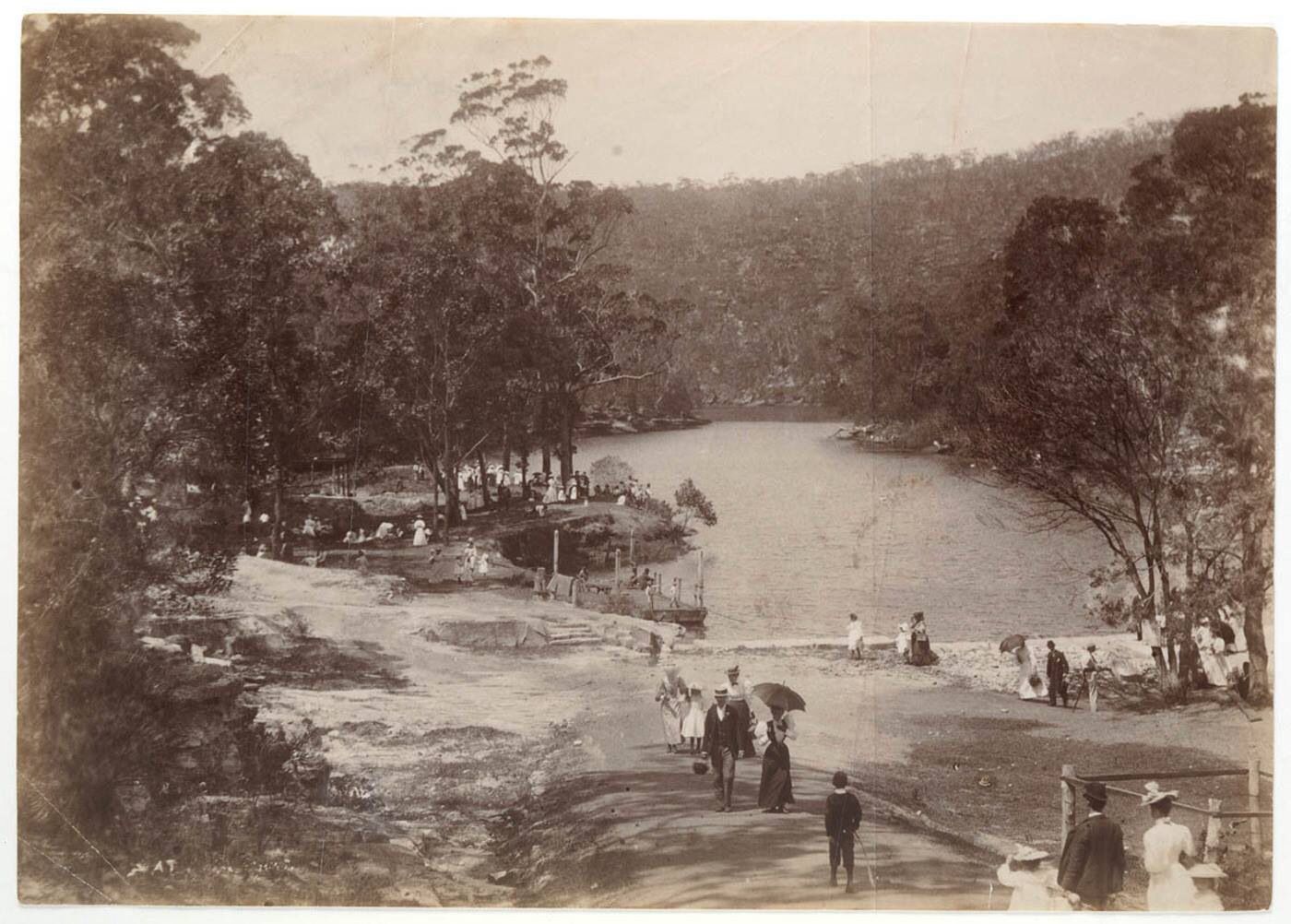
Audley weir, Royal National Park, circa 1880-90 - courtesy National Library of Australia
Australian Pancreatic Cancer Genome Initiative Contributes To Global Cancer Genome ‘Map’
Orthorexia Nervosa: The Sinister Side Of Healthy Eating
- “When I eat any food I regard to be unhealthy, I feel anxious, guilty, impure, unclean and/or defiled; even to be near such foods disturbs me, and I feel judgmental of others who eat such foods."
- "My personal sense of peace, happiness, joy, safety and self-esteem is excessively dependent on the purity and rightness of what I eat."
- “I spend so much of my life thinking about, choosing and preparing healthy food that it interferes with other dimensions of my life, such as love, creativity, family, friendship, work and school.”
NSW Government To Consolidate Over 500 Websites
New Body To Tackle ADF And Veteran Suicides
- The Commissioner will be an independent and permanent public accountability body, with the same powers of a Royal Commission to compel the production of evidence and summon witnesses, and make findings and recommendations to Government.
- The Commissioner will also provide an ongoing investigative function of individual cases of suicide, working with each state and territory coronial office, making recommendations to Government.
Sugar Ants' Preference For Urine May Reduce Greenhouse Gas Emissions
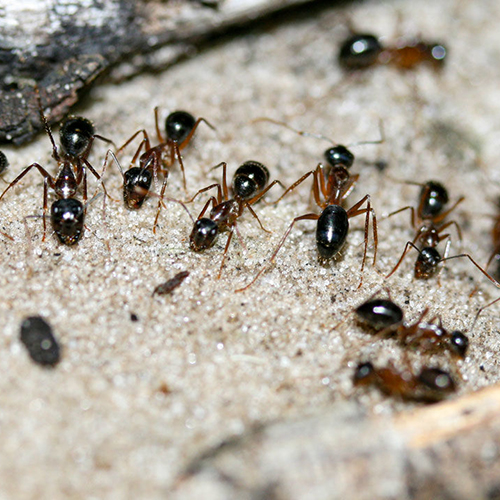
"Camponotus terebrans are undoubtedly looking for urea in urine because, similar to certain other ant species, a bacterium in their digestive tract allows them to process urea to get nitrogen for protein."This remarkable ability to extract urea from dry sand not only shows how sugar ants can survive in arid conditions, but also, how they might reduce the release of ammonia from urine, which leads to the production of nitrous oxide, a highly active greenhouse gas."
Disclaimer: These articles are not intended to provide medical advice, diagnosis or treatment. Views expressed here do not necessarily reflect those of Pittwater Online News or its staff.